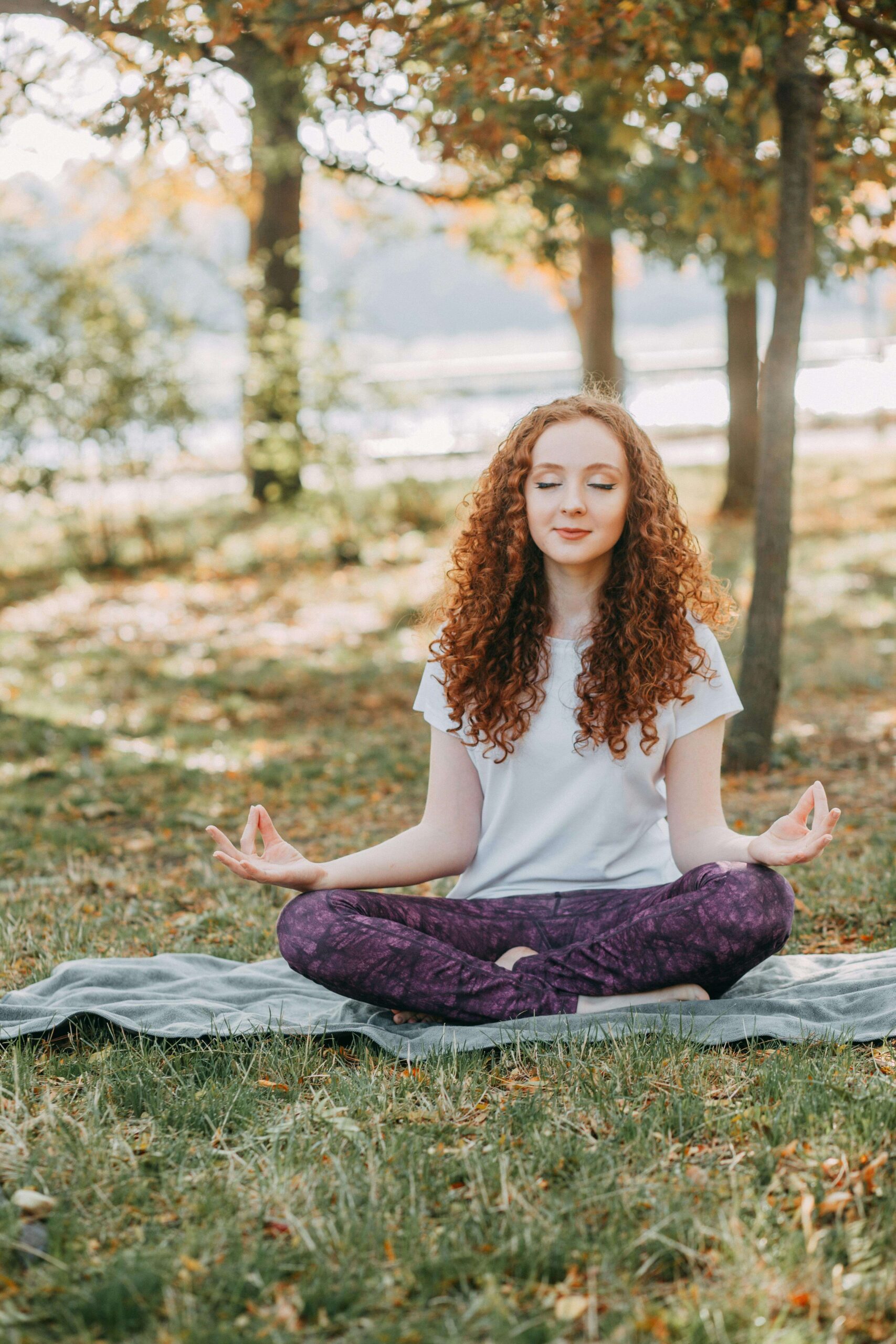What Is Yoga
Yoga is an ancient practice that originated in India over 5,000 years ago. It involves a combination of physical postures (asanas), breathing exercises (pranayama), meditation, and ethical practices. While many people use yoga as a way to improve mental clarity and reduce stress, it also significantly impacts physical fitness, particularly when it comes to strength and flexibility.

Strength is crucial for the body to perform everyday tasks, maintain posture, and prevent injury. Muscular strength supports your joints and bones, helping you stay stable and balanced in movement.
Flexibility is equally important, as it allows your muscles to stretch and lengthen. It promotes a greater range of motion, decreases the risk of injuries, and enhances circulation. Flexibility also supports strength because tight muscles can limit movement, making it harder to perform strength-building exercises.

Why Strength and Flexibility are Important
Flexibility is equally important, as it allows your muscles to stretch and lengthen. It promotes a greater range of motion, decreases the risk of injuries, and enhances circulation. Flexibility also supports strength because tight muscles can limit movement, making it harder to perform strength-building exercises
Yoga harmonizes these two essential components, improving both in a balanced way. The beauty of yoga is that it allows you to work on strength and flexibility simultaneously. You don’t need to choose between building muscle or increasing your range of motion—yoga helps you do both.
How Yoga Builds Strength
While yoga is often seen as a low-impact or gentle exercise, many poses require significant strength to perform and hold. The key to building strength through yoga lies in isometric holds, where you engage your muscles without moving, as well as dynamic movements that transition between poses.
Here are some ways yoga builds strength:
- Core Strength: Almost every yoga pose involves some level of core engagement. Whether you’re holding a plank or transitioning into a balance pose like Tree Pose (Vrksasana), your core is working hard to stabilize your body.
- Upper Body Strength: Postures like Downward-Facing Dog (Adho Mukha Svanasana), Plank Pose (Phalakasana), and Chaturanga Dandasana (a low plank position) require considerable upper body strength. These poses strengthen your shoulders, arms, and chest without the need for weights.
- Lower Body Strength: Standing poses, like Warrior I (Virabhadrasana I), Warrior II (Virabhadrasana II), and Chair Pose (Utkatasana), target the legs and glutes. By holding these positions, you’re working your quads, hamstrings, calves, and glutes, helping to build lean muscle in the lower body.
- Balance and Stability: Yoga poses like Tree Pose, Eagle Pose (Garudasana), and Half Moon Pose (Ardha Chandrasana) challenge your balance, which helps strengthen the smaller, stabilizing muscles in the body, particularly in the core, legs, and ankles.
How Yoga Enhances Flexibility
Flexibility is one of the most recognized benefits of yoga. Regular yoga practice helps lengthen tight muscles, allowing for a greater range of motion. Many people, especially athletes and those with sedentary lifestyles, experience tightness in their hips, hamstrings, and shoulders. Yoga directly targets these areas.
Here’s how yoga enhances flexibility:

